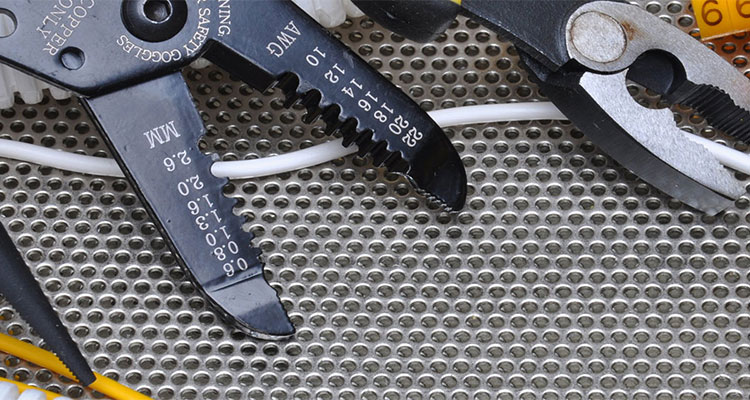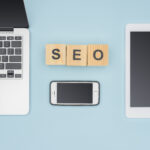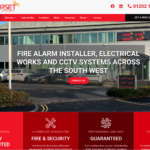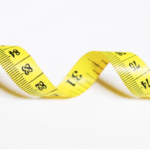There are two prevalent models of laying out a website, the full width layout and the fixed box layout. This article discusses the pros and cons of each type of layout. Either one can be used to make a successful website layout, as long as you keep usability in mind.
Both layout designs have been around since the advent of web design, however the box layout became extremely popular and pushed the full width design into obscurity.
The full width layout is becoming popular again with the use of better quality graphics, video graphics and because there are new techniques to make your site respond to the size of the device that’s viewing it, or to the size of your browser’s window.
Full width web design
The full width layout takes up the entire space on the page and it usually resizes itself to fit the size of the screen that the viewer is viewing it on. Rather than doing the layout with a grid based on set pixels, the grid is now designed based on proportions or percentages of the width of the screen.
The downfalls with full width layouts are that they don’t easily allow for a more structured design and use much more white space than the box layout. Full width designs are typically used for minimal content websites and ones where images are more important than text.
Pros
- Fluid web page design can be more user-friendly, because it adjusts to the user’s set up
- It can prove to be a more immersive web browsing experience
- The amount of extra white space is similar between all browsers and screen resolutions, which can be more visually appealing
- If designed well, a fluid layout can eliminate horizontal scroll bars in smaller screen resolutions
- It’s a particularly useful layout for more photographic/video led websites
Cons
- The designer has less control over what the user sees and may overlook problems because the layout looks fine on their specific screen resolution
- Images, video and other types of content with set widths may need to be set at multiple widths to accommodate different screen resolutions
- With no imposed maximum width, content can appear at the extremities of the screen, sometimes making hard work for the user to scan for all relevant information quickly
- Site speed optimisation means that images can appear visibly compressed on larger screens
- Image ratios dictate that the wider an image gets, the taller an image gets, thereby pushing your content further down the page due to the increased image height
Fixed width web design
The box layout is much more conducive to a design where a highly structured layout is preferable. It allows the designer to constrain the canvas that they are working with, so that it looks exactly the same across all browsers and all devices. No matter what the screen resolution the visitor has, they will see the same width as any other visitor.
It is therefore much easier to lay out a grid and place items on your web page without worrying about changing the layout to match many different sized devices.
However, some designers don’t like the fact that you are not using the entire space on the page. Box layouts are usually prevalent in designs where retail products are being sold, or a lot of detailed information about a number of products needs to be displayed.
Pros
- Fixed-width layouts are much easier to use and easier to customise in terms of design
- The width of the overall site is no longer an unknown quantity
- Widths are the same for every browser, so there is less hassle with images, forms, video and other content that are fixed-width
- There is no need for min-width or max-width, which isn’t supported by every browser anyway
- You can have greater certainty that your content will never exceed an imposed maximum width
- There is more control when it comes to the compression of images
Cons
- A fixed-width layout may create excessive white space for users with larger screen resolutions
- Smaller screen resolutions may require a horizontal scroll bar, depending the fixed layout’s width
- Patterns and image continuation are needed to accommodate those with larger resolutions
- Fixed-width layouts generally have a lower overall score when it comes to usability
Which is right for your website?
Choosing between a fixed and fluid website will depend a lot on the type of website itself. Weigh the pros and cons above to determine the right solution for your website. If you have an Electrical and Security company our specialists can help design the correct website for your business – visit Electrical Marketers today.
Whichever direction, there are a couple of key points to keep in mind. You should always look to apply maximum widths for blocks of copy, as this will prohibit line lengths from becoming too long and therefore difficult to read on large screens.
If you are going to have large, full width images then its best to make sure you have compressed and optimised them sufficiently so as to avoid long load times and increased page weight.
We create a wide variety of full screen, fixed width and also a mix of both styles. We specialise in designing the right website for your specific business need, and take the time to understand your business objectives, before proposing the right design for you.





